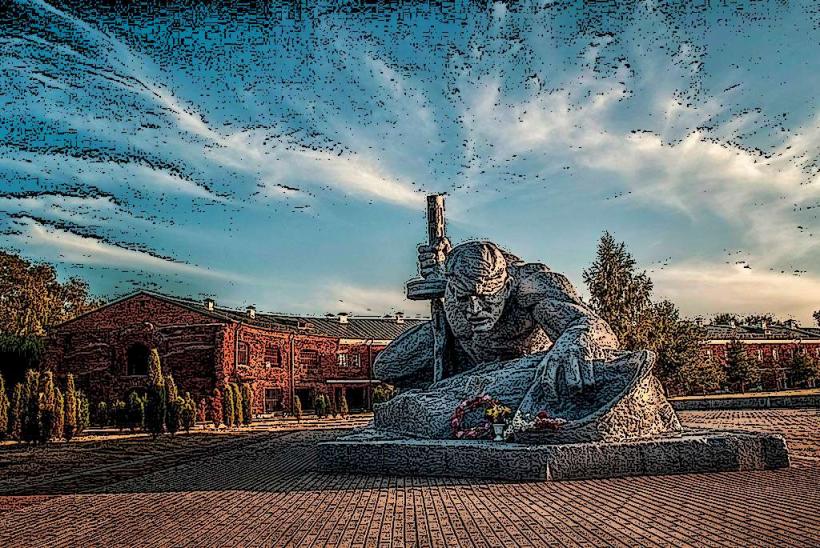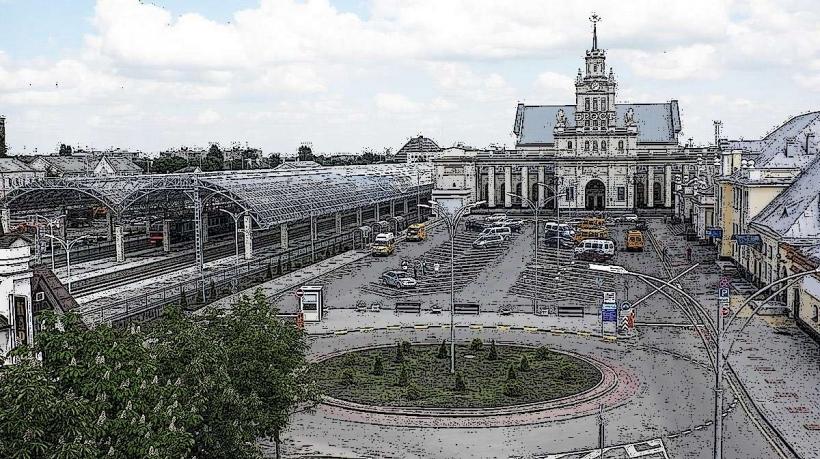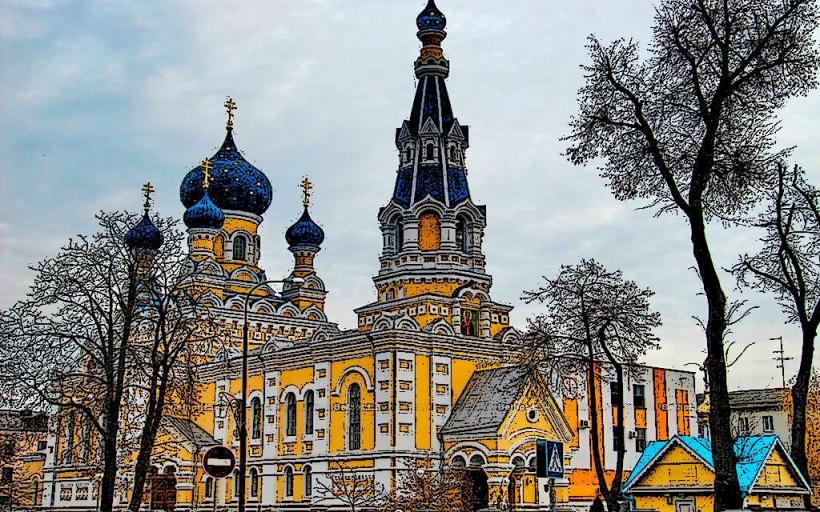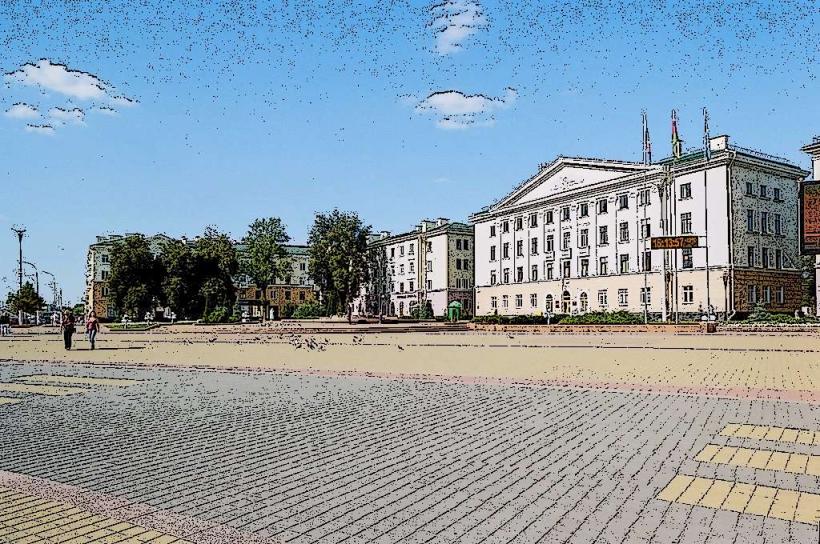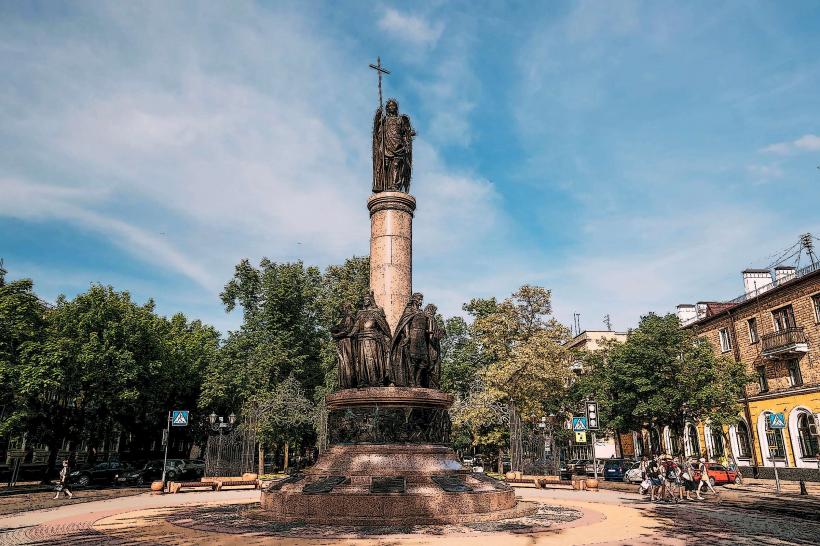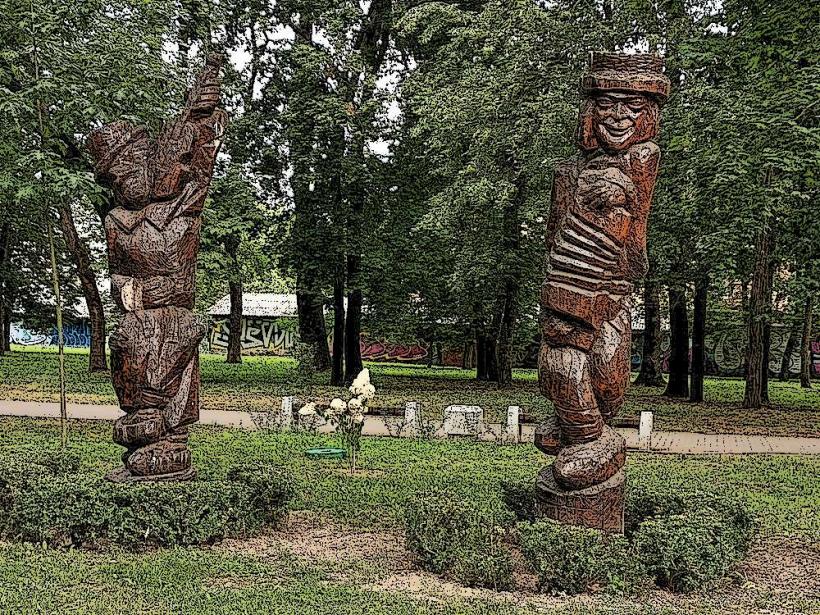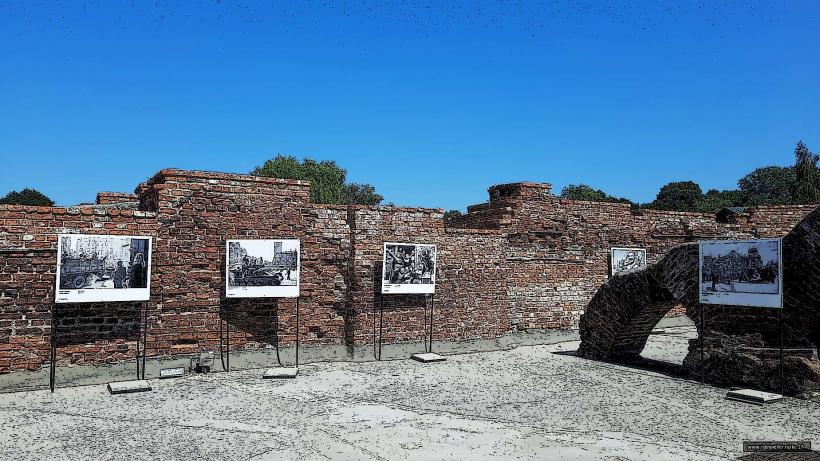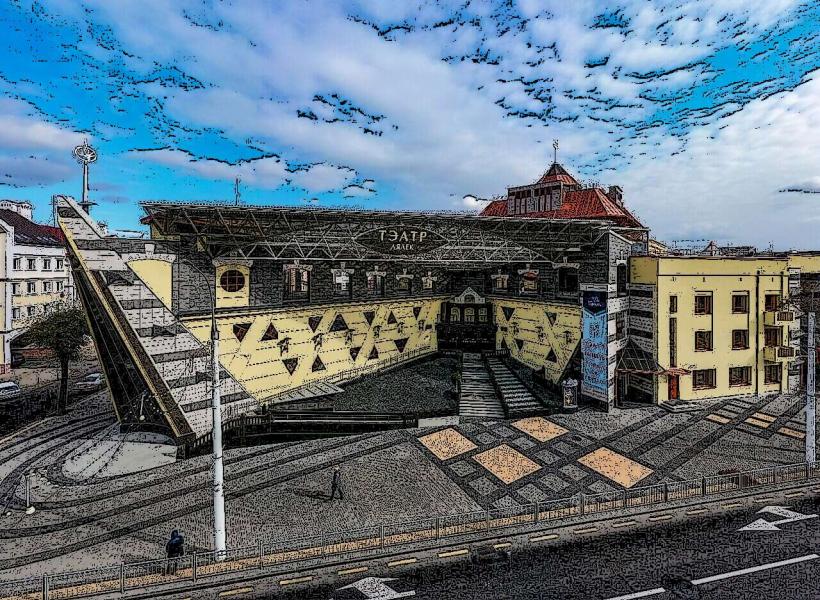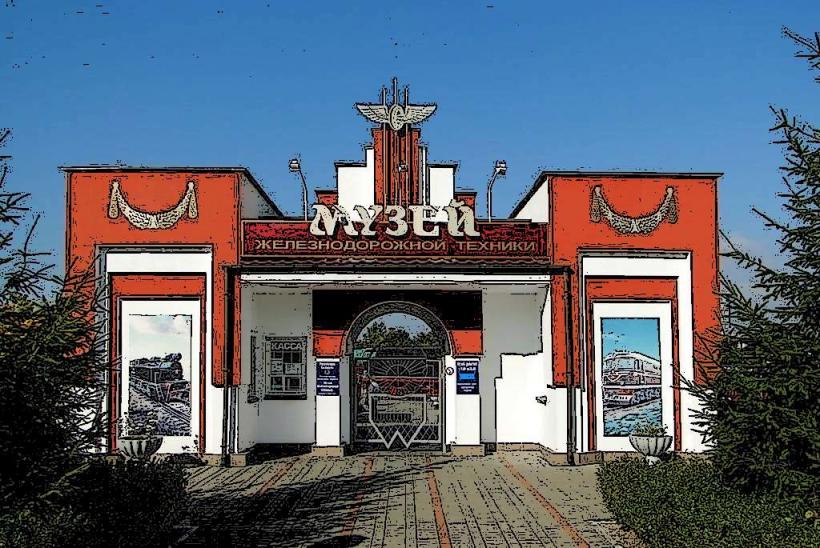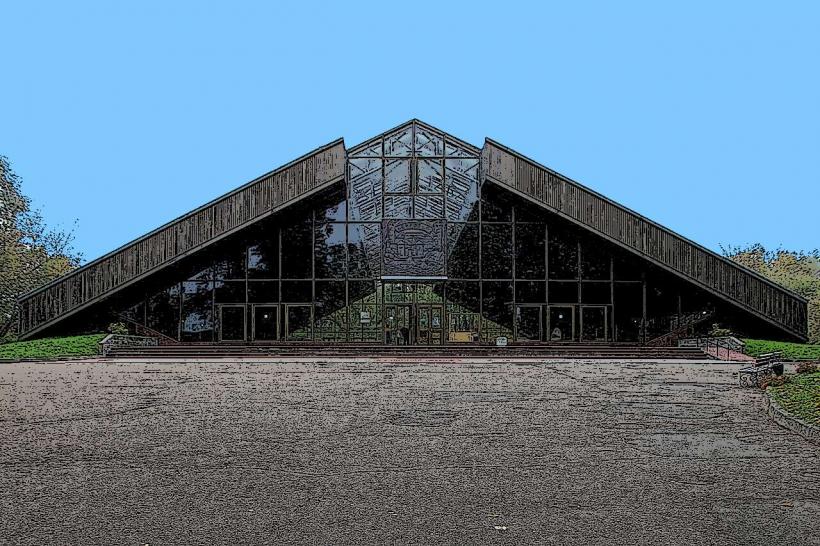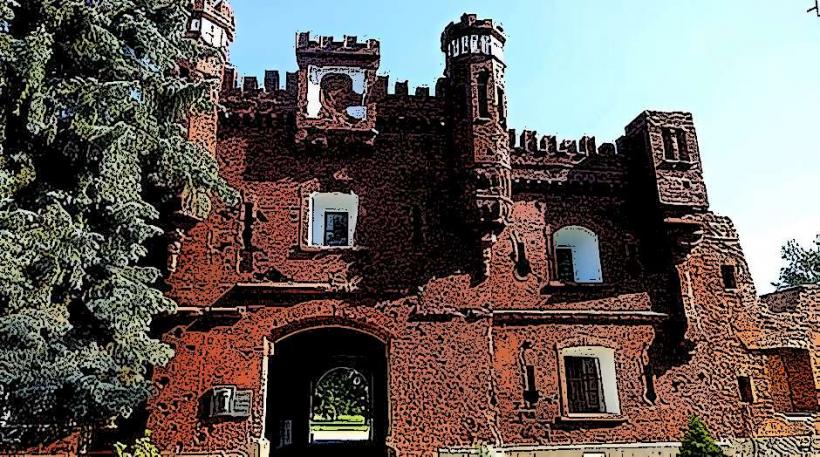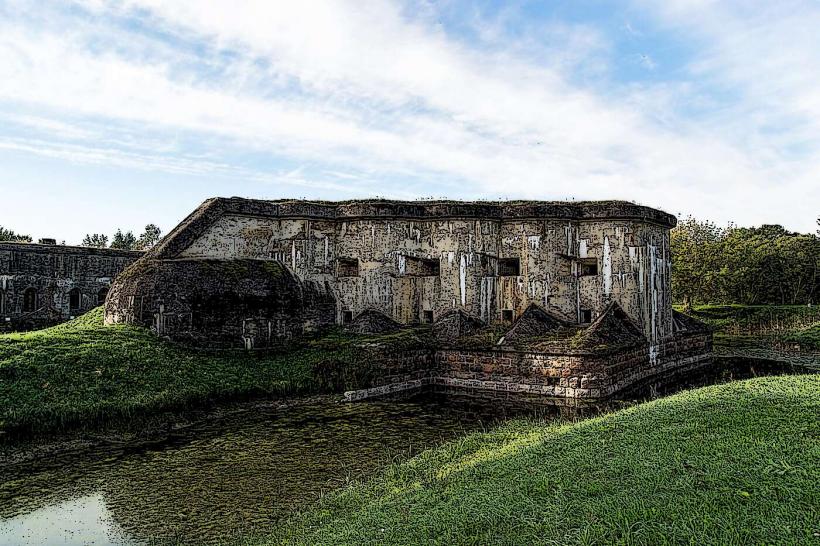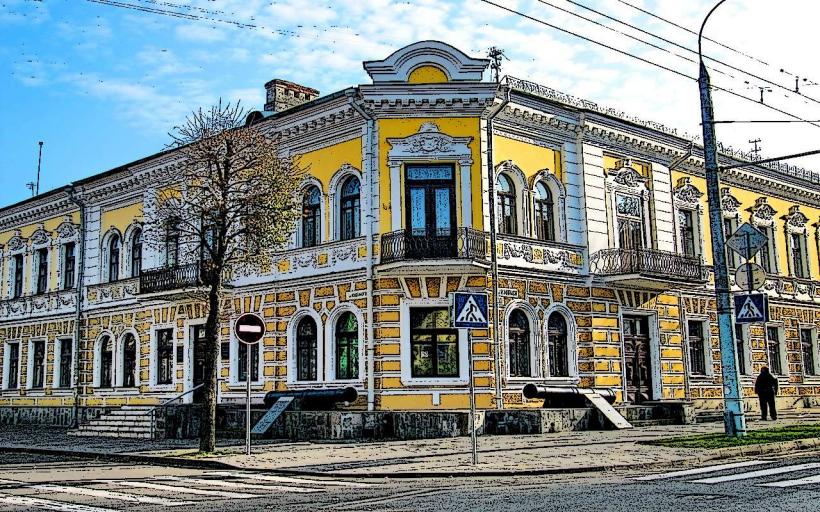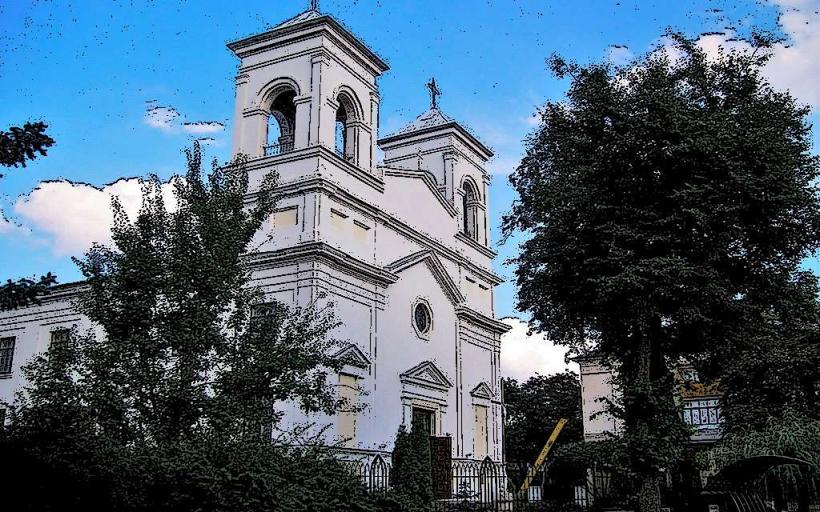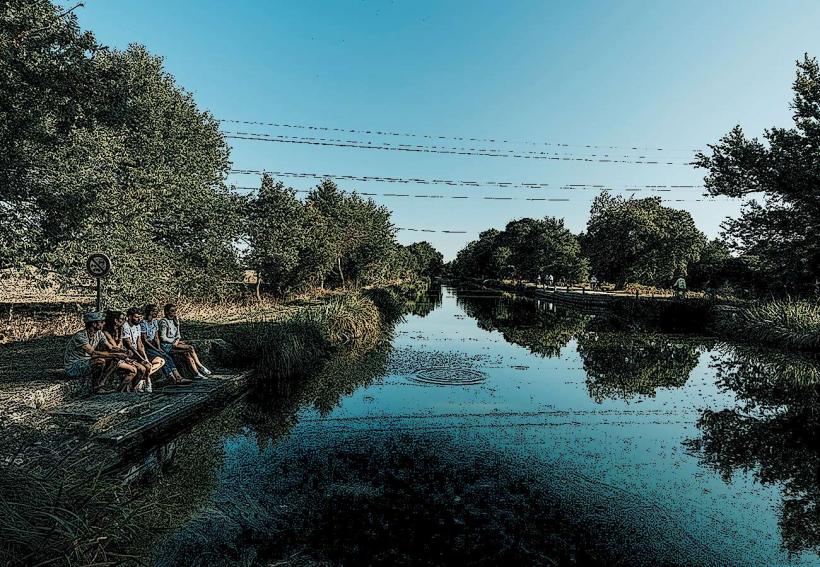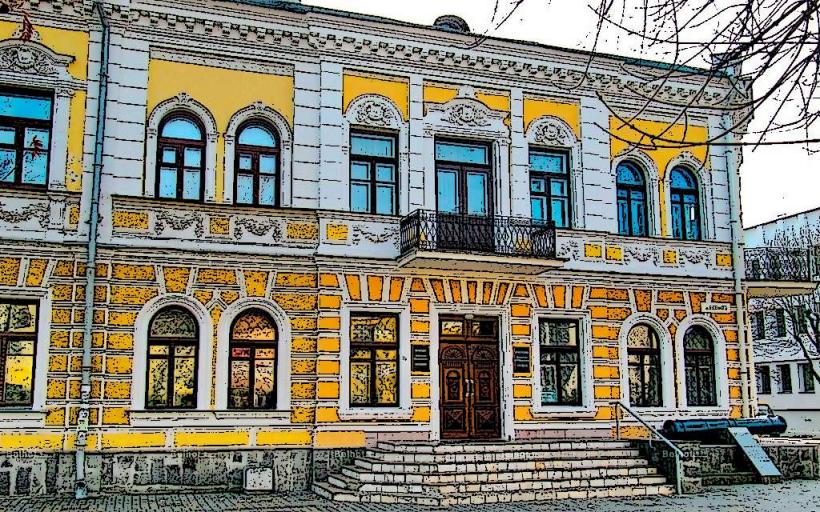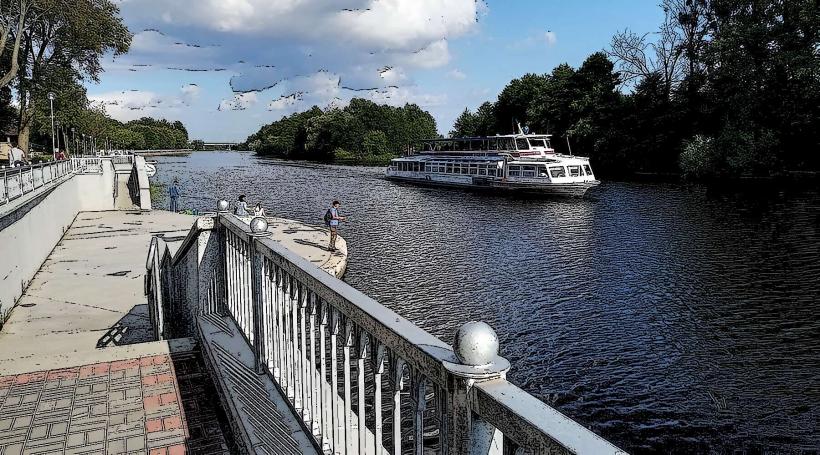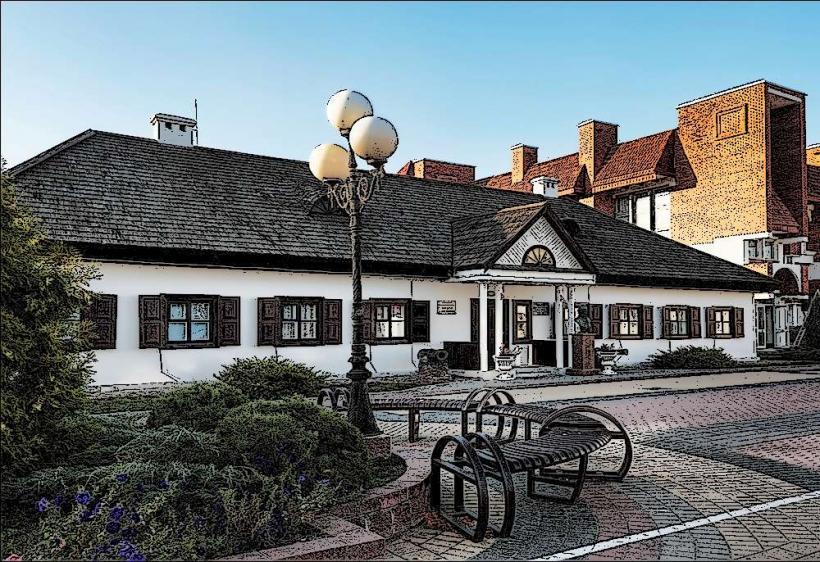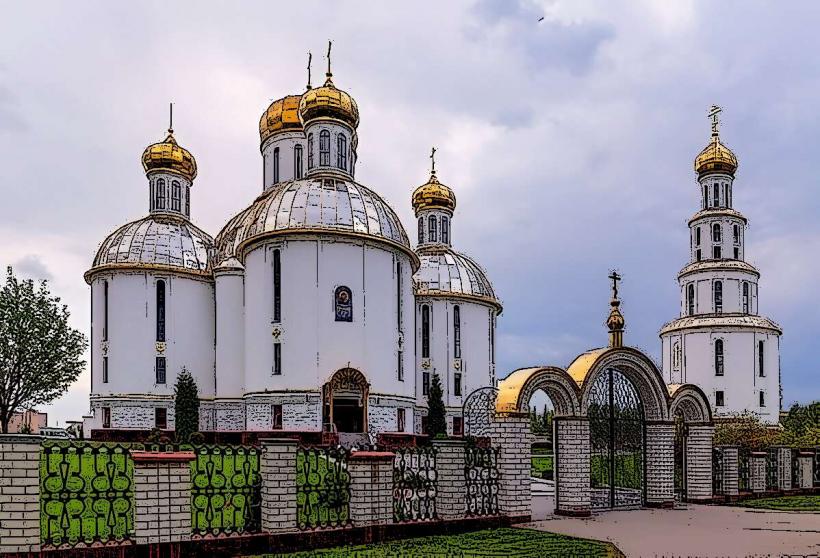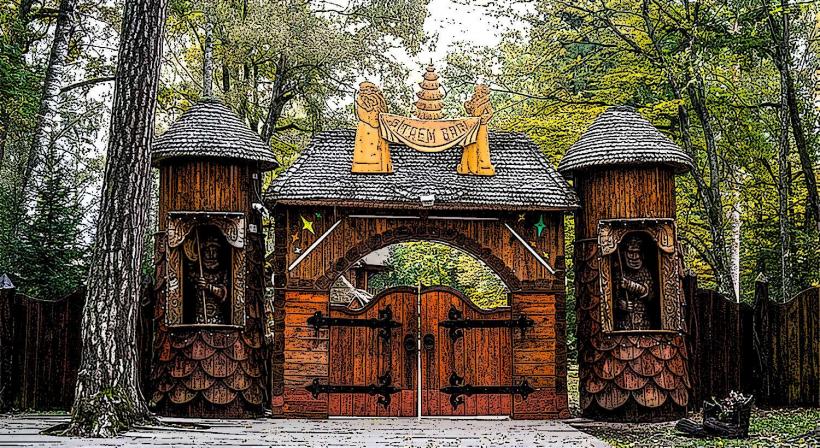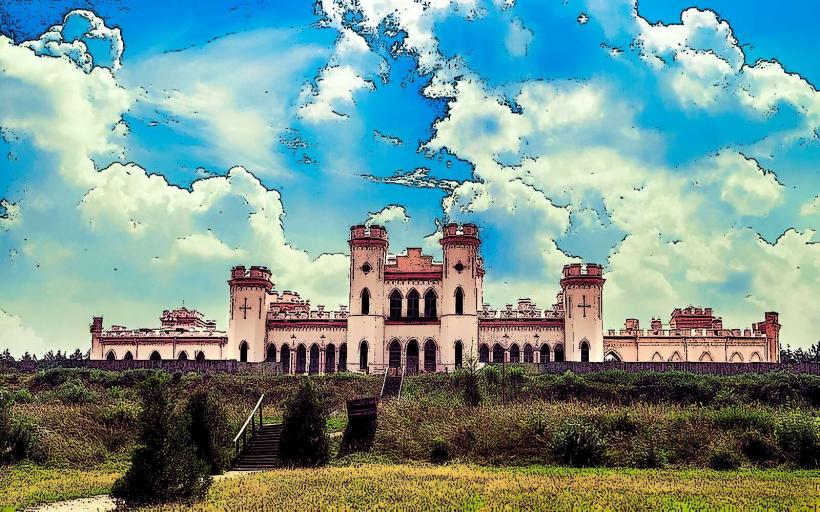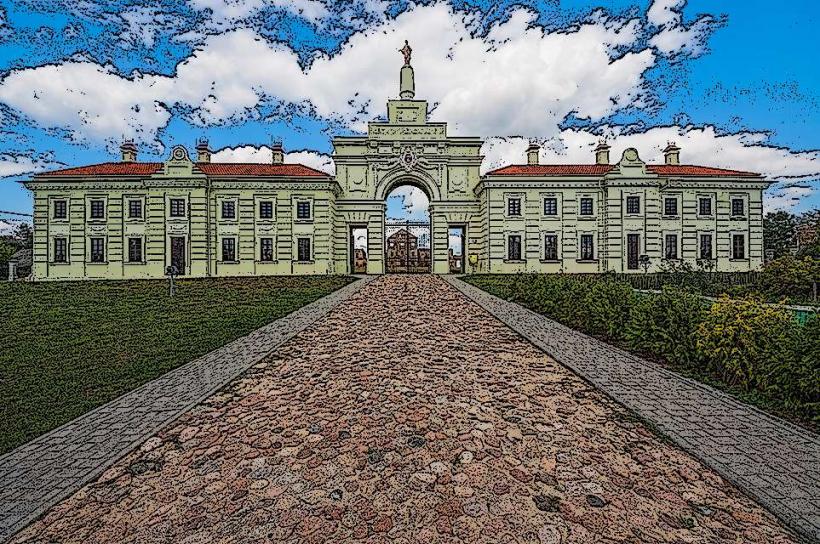Information
Landmark: City History MuseumCity: Brest
Country: Belarus
Continent: Europe
The Brest City History Museum is a key cultural institution in Brest, Belarus, dedicated to preserving and showcasing the rich history and heritage of the city. The museum highlights the historical development of Brest from its ancient origins to its modern-day significance, with a focus on important historical events, cultural evolution, and the city’s role in both local and national history.
1. Location:
- The Brest City History Museum is located in the city center of Brest, Belarus. It is housed in a historical building that adds to the museum's atmosphere, contributing to the overall experience of visitors. The museum's location within the city makes it easily accessible to tourists and locals alike.
2. Foundation and History:
- The museum was established in 1967 to provide a comprehensive record of Brest's history and to preserve the city’s heritage. Over the years, it has grown and expanded, both in terms of its physical space and its collection.
- The museum was created with the intention of educating the public about the long and rich history of Brest, emphasizing the city's significance through various historical periods, including its early establishment, its role in the Russian Empire, its experiences during the World Wars, and its modern transformation.
3. Exhibitions and Collections:
The museum’s exhibitions cover a wide range of topics related to the history of Brest, including its cultural, economic, and social development. Some of the key areas of focus within the museum’s collection include:
- Prehistory and Early Settlement: The museum features exhibits on the early history of the region, including prehistoric settlements and the city’s development as a key settlement in Eastern Europe. Artefacts from ancient civilizations, as well as archaeological findings, help trace the region's early human activity.
- Medieval and Early Modern History: The museum explores the city’s role in the medieval period, when it was part of various states, including Kievan Rus and the Grand Duchy of Lithuania. The museum displays historical documents, maps, and artifacts from these periods, illustrating Brest's importance in trade, defense, and culture.
- Brest and the Russian Empire: Brest’s integration into the Russian Empire in the 18th century is another key area covered by the museum. The city became a key military and administrative center, and the museum showcases the impact of imperial Russia on Brest’s development, from infrastructure to social change.
- World War I and World War II: The museum contains exhibits dedicated to Brest’s involvement in both World War I and World War II. Notably, the city was the site of the Brest-Litovsk Peace Treaty in 1918, which ended the war between Soviet Russia and the Central Powers. The museum also highlights the German occupation of the city during World War II and its significance in the context of the war. Artefacts from these periods, as well as photographs and documents, give insight into the difficult years of conflict.
- The Soviet Period: The museum examines Brest’s role during the Soviet era, including its industrial development, cultural life, and the social changes that took place under Soviet rule. This section covers significant milestones, such as Brest’s reconstruction after World War II, the establishment of new industries, and the city’s growing importance in the Brest region.
- Post-Soviet and Modern History: The museum also offers insight into the modern history of Brest, focusing on the city’s transformation after the dissolution of the Soviet Union. Exhibits explore the city’s efforts to modernize, its role in the independent state of Belarus, and its evolving cultural, social, and economic landscapes.
4. Key Exhibits and Artifacts:
- The Brest City History Museum houses a wide variety of historical artifacts, including photographs, maps, documents, military uniforms, tools, and household items that illustrate the daily lives of people living in the city throughout history.
- Special attention is given to the Brest Fortress, one of the most significant historical landmarks in the city. The museum features exhibits on the defense of Brest Fortress during the Great Patriotic War (1941–1945), with photographs and objects related to the heroic defense of the fortress by Soviet forces.
- Traditional Belarusian clothing, handicrafts, and artworks from various periods are also displayed, offering insight into the local culture and the evolution of artistic expression in Brest.
5. Architecture and Design:
- The museum is housed in a historical building, with its architecture reflecting the cultural heritage of the region. The design of the museum combines modern elements with traditional architectural features, creating an immersive space that complements the exhibits.
- The building itself is an example of 19th-century architecture, and its rooms are carefully arranged to reflect the different historical periods covered in the exhibitions. Visitors can explore the museum through spacious galleries that allow for a detailed exploration of the city’s history.
6. Educational Programs and Activities:
- The museum offers a variety of educational programs aimed at engaging visitors of all ages. School groups, university students, and individual visitors can take part in guided tours, which provide in-depth explanations of the museum’s exhibits and themes.
- The museum organizes temporary exhibitions, as well as workshops and seminars, on various historical and cultural topics related to Brest and Belarus. These programs help deepen the understanding of the city’s past and foster a greater appreciation for its cultural heritage.
- The museum’s educational programs also extend to outreach efforts, with materials available for teachers and educators to integrate into their curriculum.
7. Cultural Significance:
- The Brest City History Museum plays an important role in preserving and promoting the historical memory of the city. It helps foster a sense of identity and pride among the local population, while also providing a rich resource for scholars and researchers.
- The museum serves as a cultural hub in Brest, hosting events such as lectures, concerts, and public discussions. It is a place where locals can come together to learn about their shared heritage and reflect on the city’s role in broader Belarusian and Eastern European history.
8. Visitor Experience:
- Visitors to the Brest City History Museum can expect a well-curated experience with informative displays, interactive exhibits, and engaging materials. The museum’s atmosphere is designed to be welcoming, with clear signage and accessible explanations.
- The museum also has a gift shop, where visitors can purchase books, souvenirs, and replicas related to the museum’s collections.
9. Conclusion:
The Brest City History Museum is a vital institution in Brest, offering a comprehensive and engaging look at the city’s rich history. Through its diverse collections, temporary exhibitions, and educational programs, the museum preserves the memory of the city’s past while providing a platform for reflection and learning. Whether exploring ancient artifacts, war history, or modern-day developments, visitors to the museum gain a deeper understanding of Brest’s evolution and its place in the broader historical context of Belarus.

